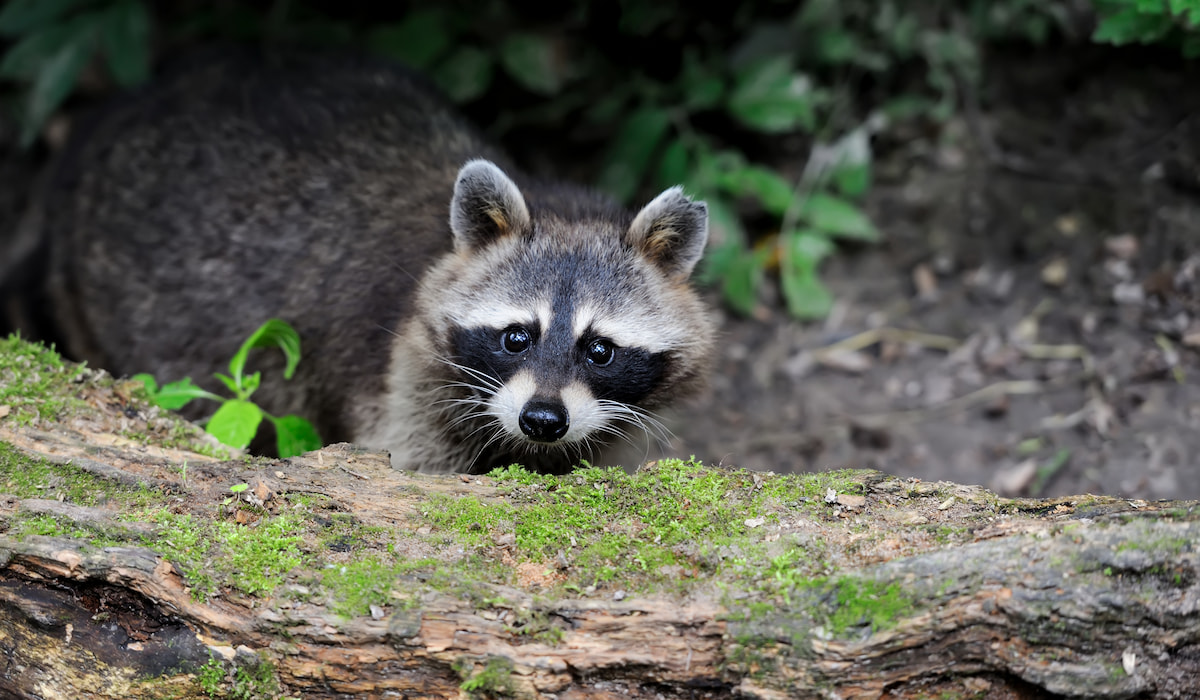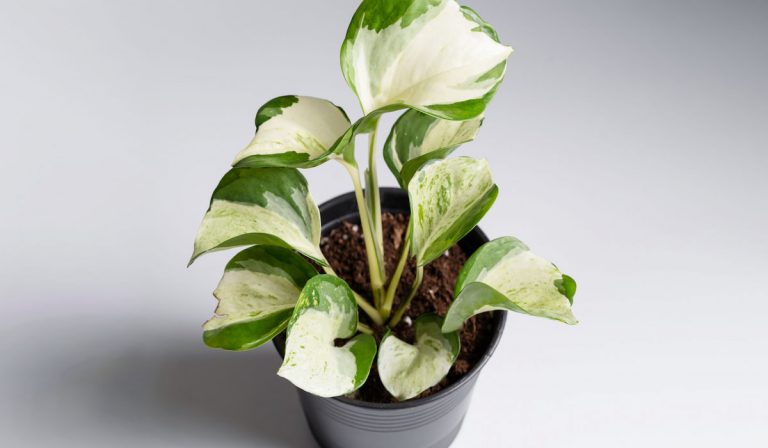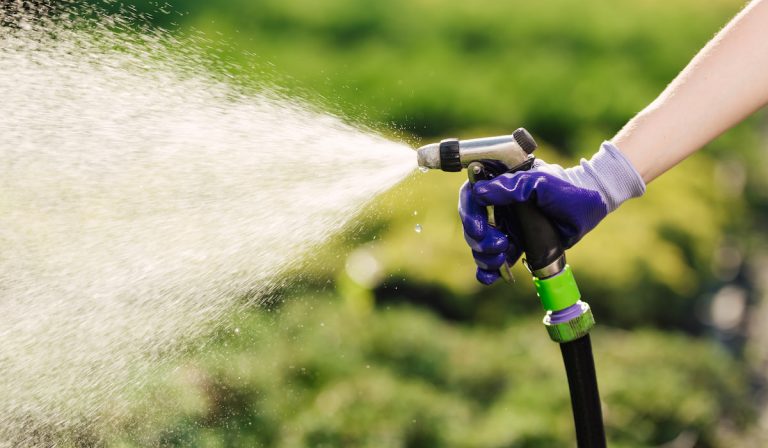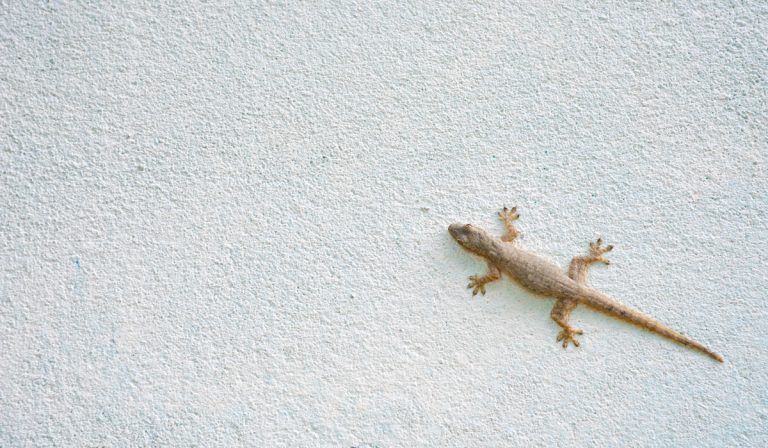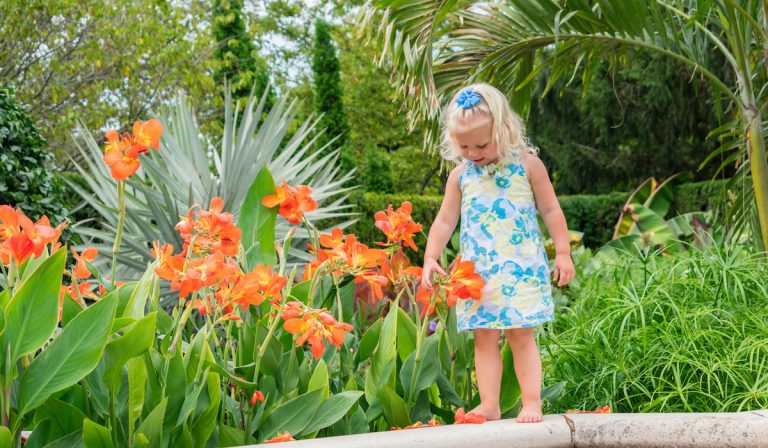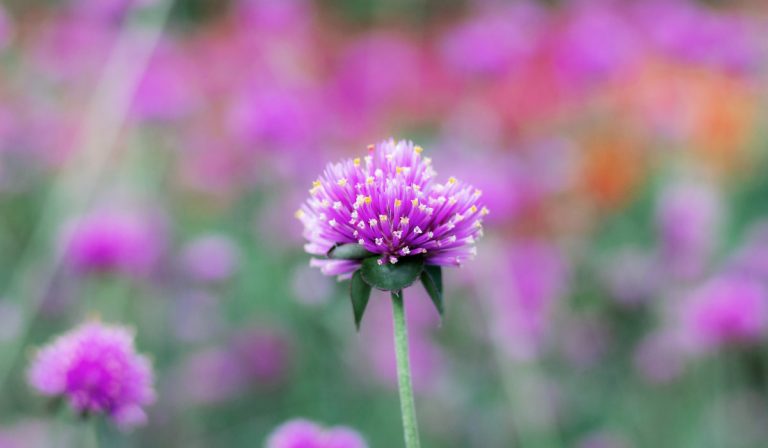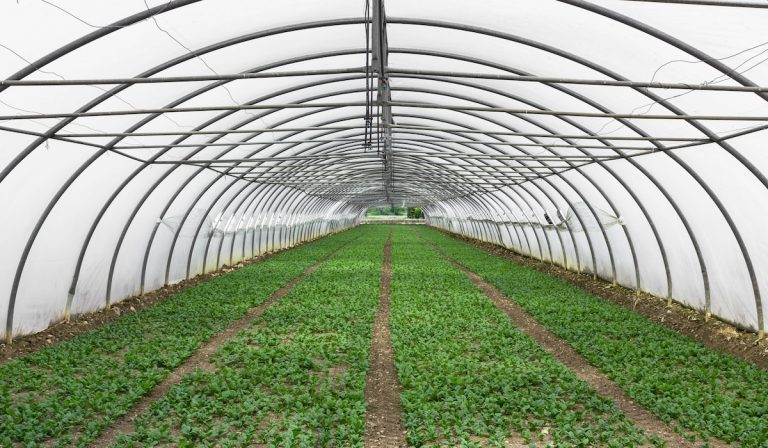9 Animals that Love to Eat Grubs
If you have a garden in your home, you must be curious to know who digs small burrows there. Well, several burrowing animals dig in your backyard because that is where they find their favorite grubs to savor.
What are grubs? They’re the stout, white, wormlike larvae of beetles that grow in the hot seasons.
They have an insatiable hunger and a fondness for the roots of grass, especially the kinds that are directly in the sun and well-watered. You will see brown patches in your garden as the grass dies off, and you may even see spots that have been pulled up by different animals, who also love to eat grubs or other insects.
Raccoons, moles, skunks, groundhogs, and other birds or animals could be your prime culprits. These animals tend to make burrows or holes in your garden to enjoy grubs such as beetles or other insects found in your backyard.
Here is a list of animals that can ruin your lawn by making holes in it just to eat grubs.
Table of Contents
1. Moles

Moles are small mammals that are found globally. They are known as garden pets because of their tunnel-making habits. They spend a major part of their life underground.
Moles are insectivores that burrow away underground looking for grubs and insects such as centipedes, especially during fall and early spring.
Moles are not herbivores; however, they do destroy plants by making tunnels beneath them to eat grubs. Along with earthworms and ants, grubs and underground insects make up a huge portion of the mole’s diet.
2. Skunks

Skunks are little animals with sturdy legs and tiny mouths. You must wonder what attracts skunks in your garden or lawn. Well, the prime temptation that compels skunks to visit your garden is grubs in your lawn.
Skunks dig holes in your garden to look for grubs and other insects to fulfill their appetite.
Skunks are in the habit of pulling off the grass and making small pits in the ground. So, if you have been suffering from such an issue, take a step to get rid of skunks.
You are more likely to be aware of skunks’ presence by the musky smell in your garden rather than seeing one.
3. Shrews

Shrews are tiny animals with soft skin and flat bodies. They have high metabolic rates and remain energetic all the time.
They tend to eat beetles, grasshoppers, moth larvae, snails, earthworms, and many other grubs. They are also interested in eating plant-based food which could be a threat to your gardens and lawn.
They make small holes in the ground to get access to their prey and prefer to live in shades of logs. They are less destructive as compared to moles and voles so people are more likely to leave them alone so that they can get rid of underground grubs.
4. Possums
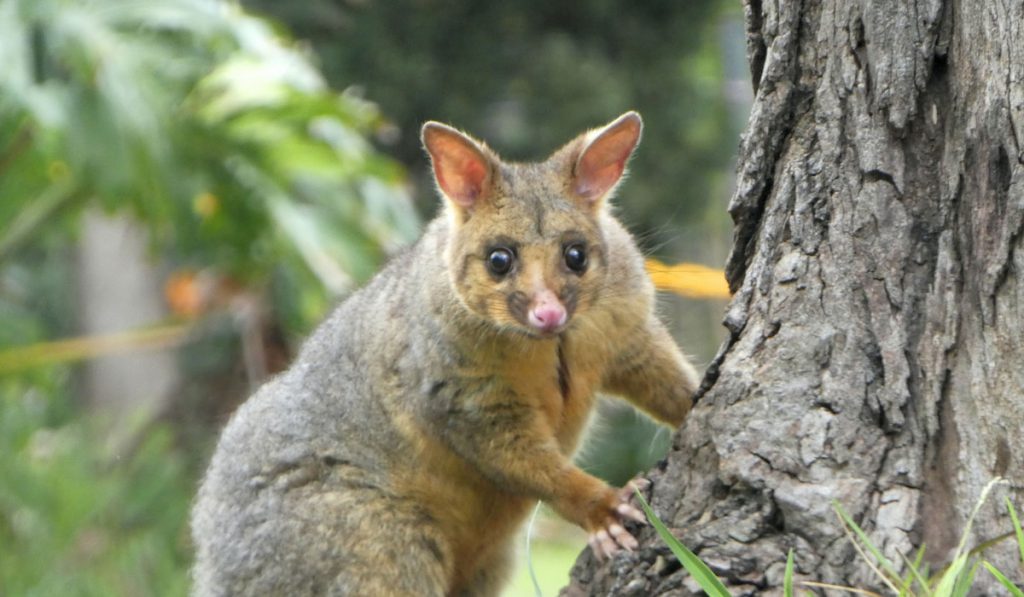
Possums are small animals with long pointed mouths and rat-like tails. They are covered with grey hair except for their ears. Possum’s food menu consists of a variety of things. For instance, they eat plants, animals, and insects.
They even have the capability to treat themselves with plants that are poisonous to other animals.
Possums have very small and soft nails that won’t harm your grass. They make minute holes in the ground so they can be left alone to do away with grubs in your garden.
5. Raccoons
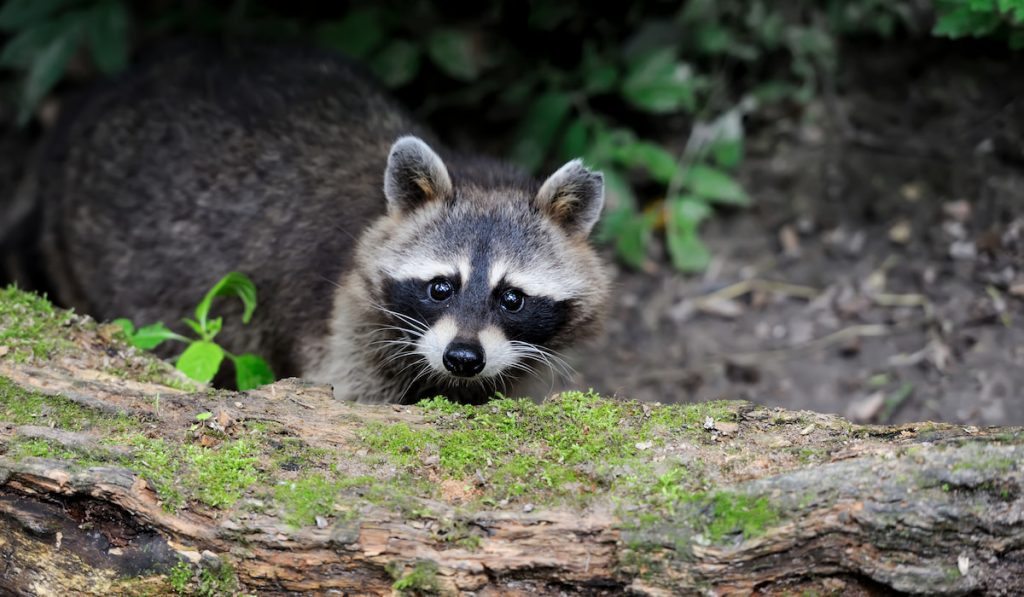
Raccoons are medium-sized animals that are found in large numbers in the United States. They are also known as coons.
You will rarely see them in daylight because they prefer to leave their place at night. They are omnivores so they feed on both plants and animals. They are likely to stay in your gardens by making burrows in them to feed on grubs and other insects.
6. Armadillos
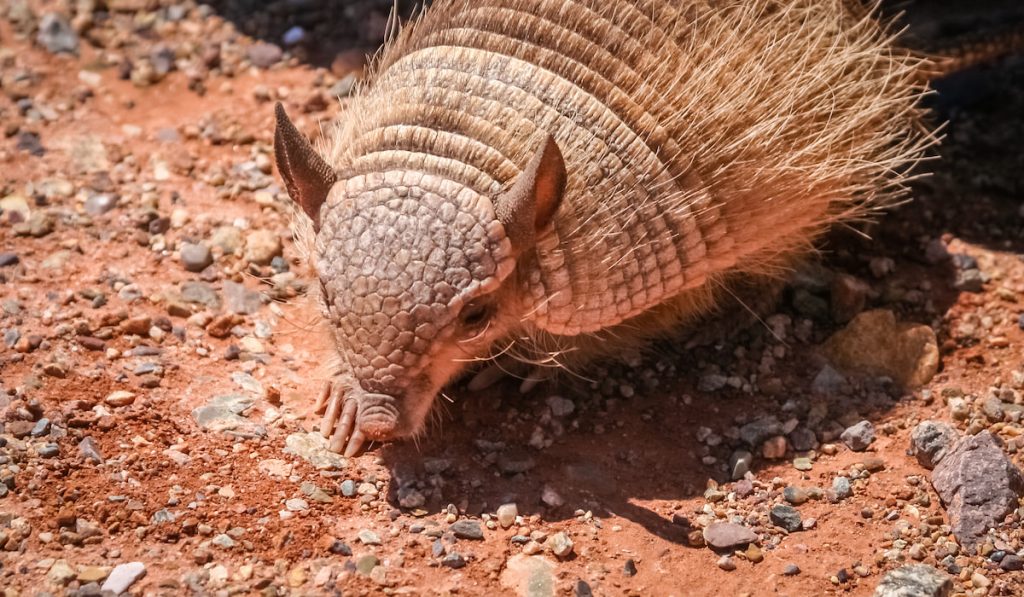
Armadillos are also huge fans of bugs and grubs. They leave their underground homes to feed on bugs, beetles, and grubs at dusk.
They also eat small reptiles and amphibians.
7. Field Mice
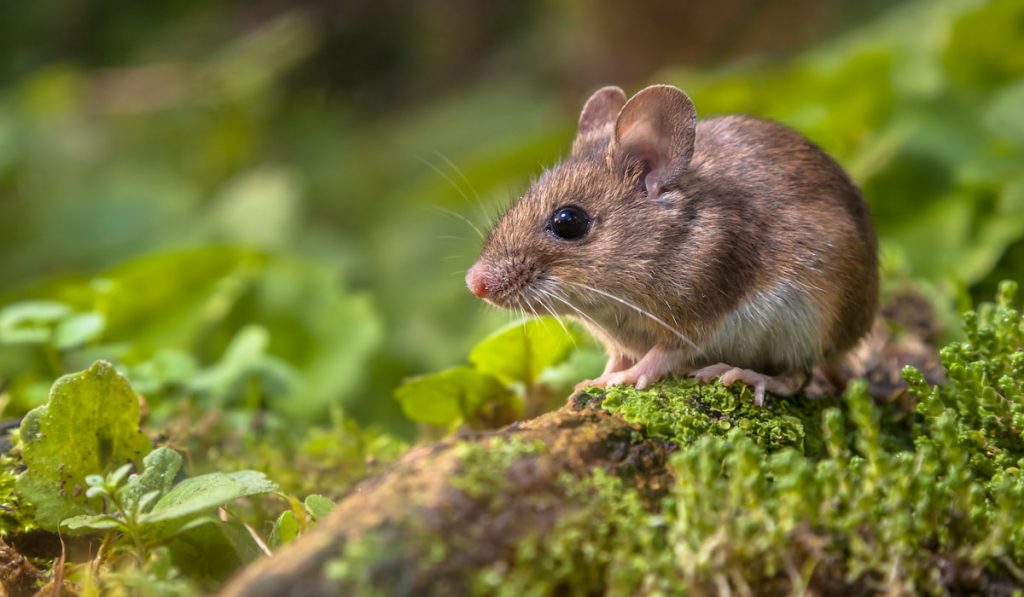
Field mice are mostly interested in eating berries and seeds.
However, during winters, when they can’t find berries and seeds because of their scarcity, they tend to feed themselves on grubs or larvae of insects that are found underground in your garden.
8. Anteaters
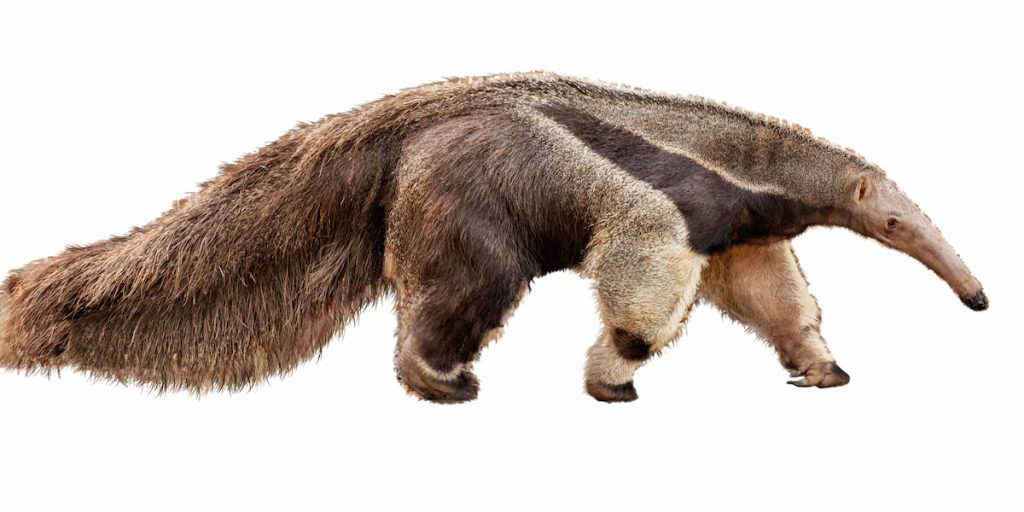
Anteaters are mammals from South America. Generally, their menu includes ants and other insects. However, they also tend to dig holes in the ground to swallow grubs.
9. Birds
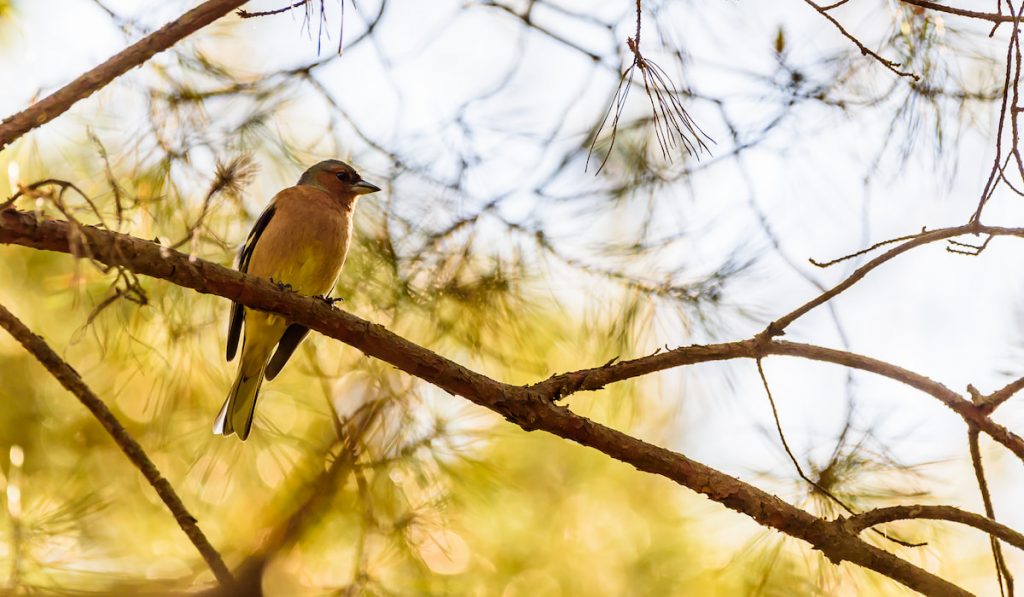
Grubs in your lawn could also be a source of food for many birds. Birds like crows, grosbeak, robins and blue jays mostly love picking grubs or other insects in your lawn. Here is a list of birds that love eating grubs.
Crows
Crows could land on your lawn to get grubs and many other insects. The presence of grubs in your lawn could demolish your grass in their feasting on the roots. They attract crows and other birds to feed on them.
The good thing about crows eating the grubs is that they might save your lawn from being destroyed by grubs and other insects that harm the roots of the plants.
However, if crows start pecking repeatedly, then you need to take action to clear them out. In that case, scarecrows might be quite helpful.
Robins
Robins also love to feast on grubs. Grubs are a fancy treat for robins and their younger ones. Robins tend to grab two to three grubs at a time to take them in their nests with them.
They are likely to grab grubs from dawn to dusk. They could also prove to be an immense help in controlling the grubs on your lawn.
Blue Jays
Blue Jays are, as the name suggests, blue-colored birds that live in eastern backyards. This beautiful creature could feed on almost everything.
They are omnivorous and tend to feed on caterpillars, snails, insects, beetles, and grubs. They sometimes tear down wasps’ nests to feed on their larvae.
Tips for How to Stop Animals From Digging Up the Yard for Grubs
It is not easy to take care of your garden. You might spend months setting up a beautiful space to enjoy your evening tea, only to find out that animals have burrowed throughout the garden. Many animals or birds love eating grubs and other underground insects.
To eat grubs, they must dig deeper which causes burrows and holes in the garden which, consequently, ends up wrecking the whole garden.
So, the following are some tips to keep animals or birds from digging up your lawn. Animals or birds could be a way to get rid of grubs but if you see that they are crossing the limit then you need to take instant action to save your garden.
1. Do Away with Grubs
Grubs or other worms also devastate your garden by treating themselves with the roots and ultimately grow into adult beetles that consume the blades or roots of the grass in your garden.
Many gardeners merely treat their garden with grub control chemicals, or grub killer, once or twice a year. However, several ingenious ways can be influential to get rid of grub worms.
Following are some of the tips to discard grubs:
- You can use a neem oil spray to keep grubs away from your lawn.
- Castor oil could also prove very helpful in preventing the grub population in your lawn.
- Mix microscopic nematodes also control the production of grubs in the garden.
2. Physical Barriers
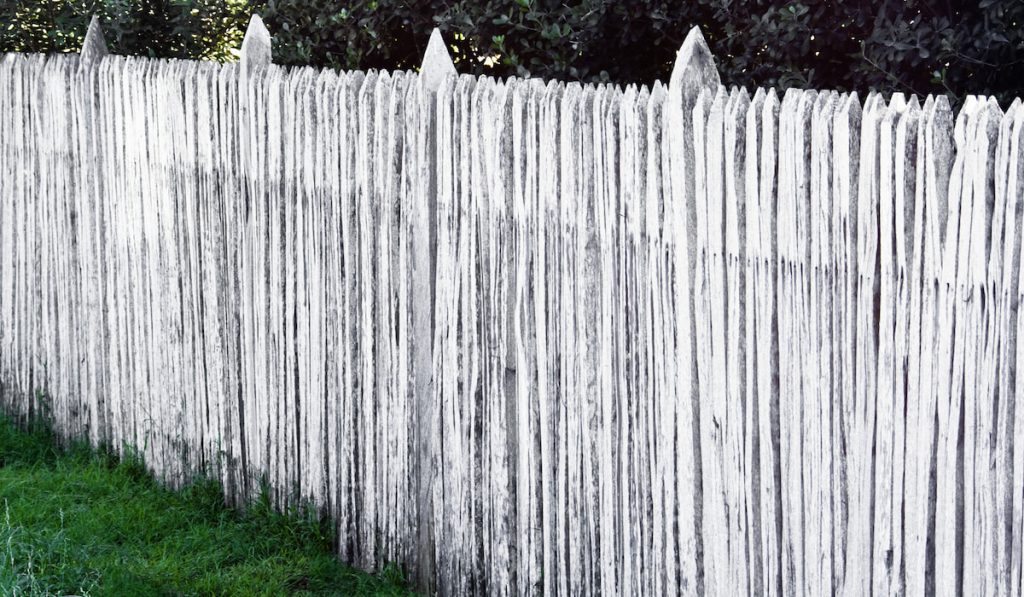
One practical way to keep animals or birds away from your garden is to use physical hurdles. Use a fence around the premises of your garden.
However, as many animals burrow underground, putting fences around the garden might not be as helpful, so you will have to use a simple mesh fence under the ground. It might be a little tiring but it will help you in the long run.
3. Live Traps

You can use live traps to save your garden from being dug up by animals. Fix different traps in your gardens and to make these traps even more effective, you could add attractions in them like different food items.
4. Avoid Attraction in the Garden
Birds or animals come into your garden to look for food. If your garden has food sources for animals and plants, then there are more chances that they will come and stay in your garden.
For instance, if you have many fruit trees in your garden, then fallen fruits are likely to attract many animals and they might end up making burrows in your garden.
5. Seed in depth
You can use different tools to seed deeply in your garden. Animals are less likely to ruin deeply rooted plants.
6. Use Repellents
There are many natural repellents that you can employ to stop animals from coming into your garden.
For instance, you can use Cayenne Pepper. Animals like raccoons, skunks, and moles have a sensitive sense of smell, and cayenne pepper is not their favorite smell so they are less likely to come into your garden if you have its smell.
Soap and water solution is also one of the methods to keep all these animals away from your lawn.
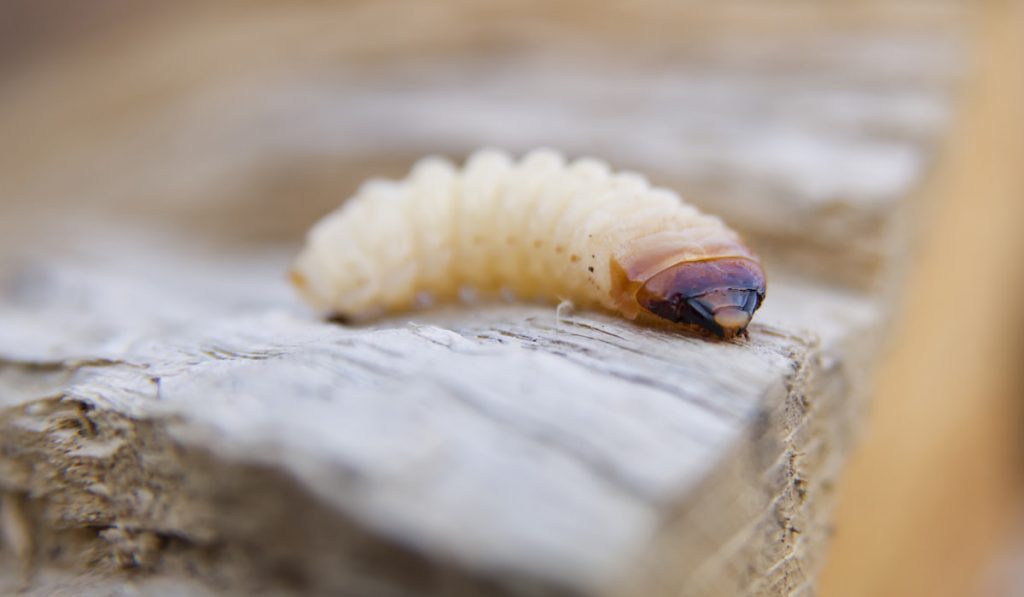
Bottom Line
For some animals, grubs play the same role as oxygen does for us. It is certain that they will dig up your garden to survive. There is no way that you can do away with such problems completely.
However, you can still use these tips to minimize the damage. They are most likely to invade places that allure them the most. So, try not to give them reasons to visit your garden.
Sometimes animals digging in your garden might be a blessing in disguise. Keep this in mind before you tend to eliminate them completely.

